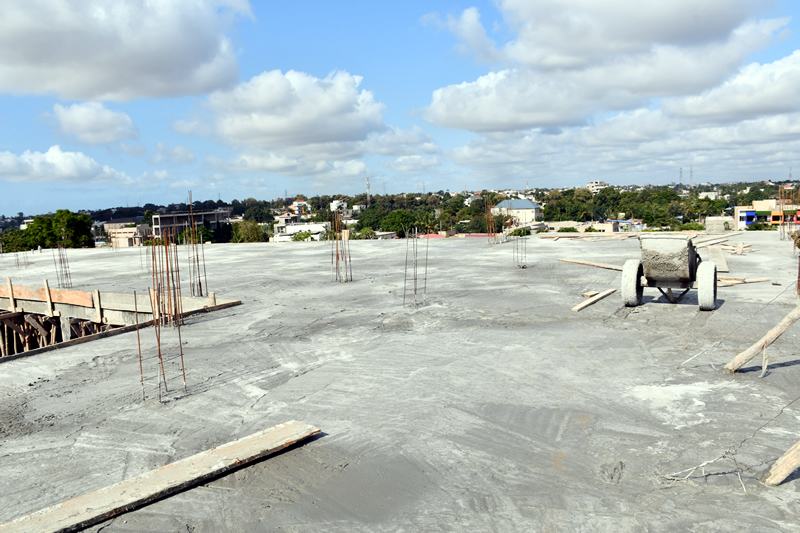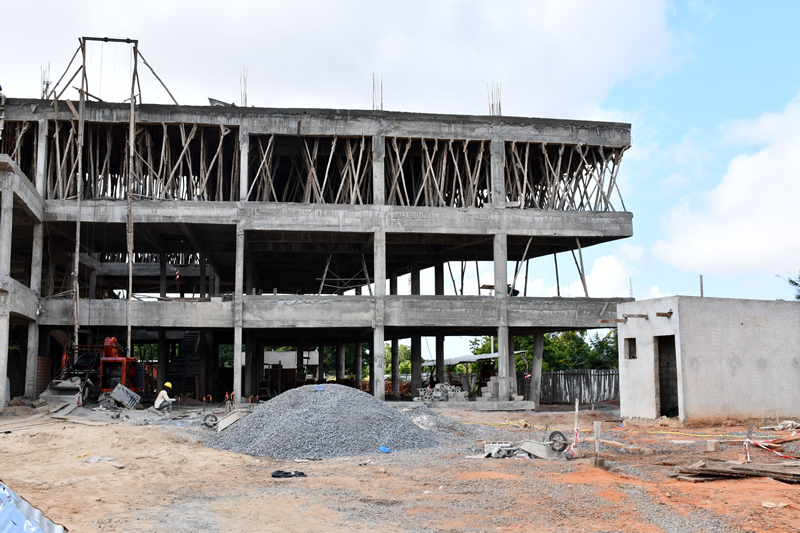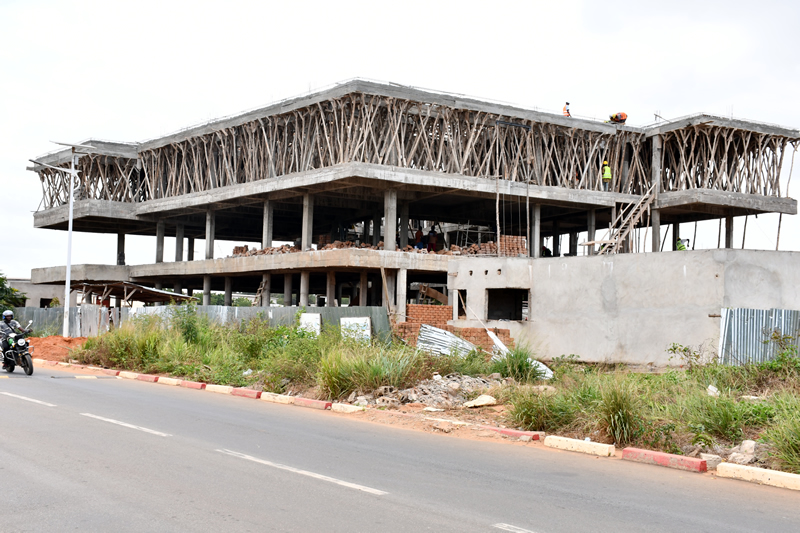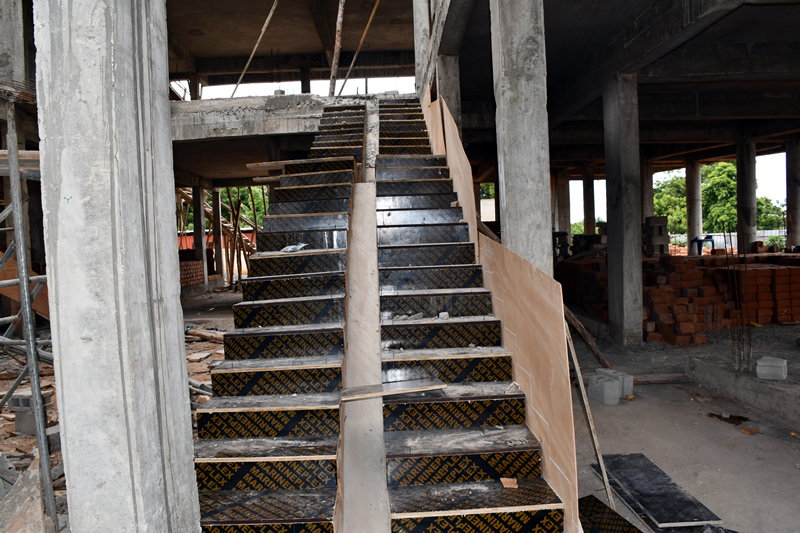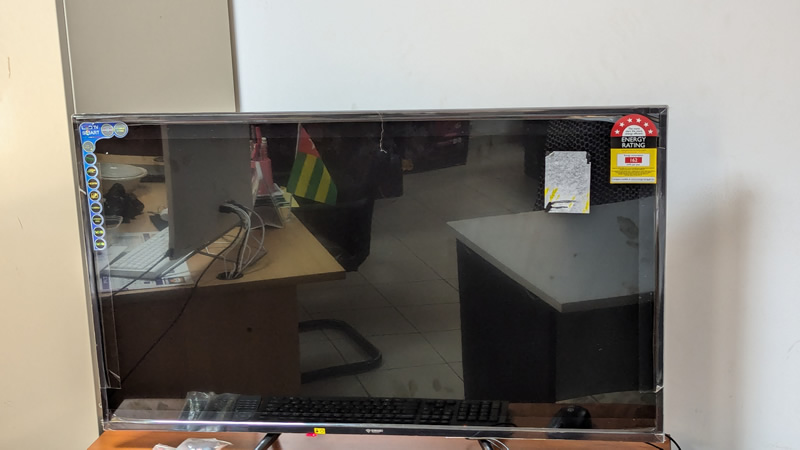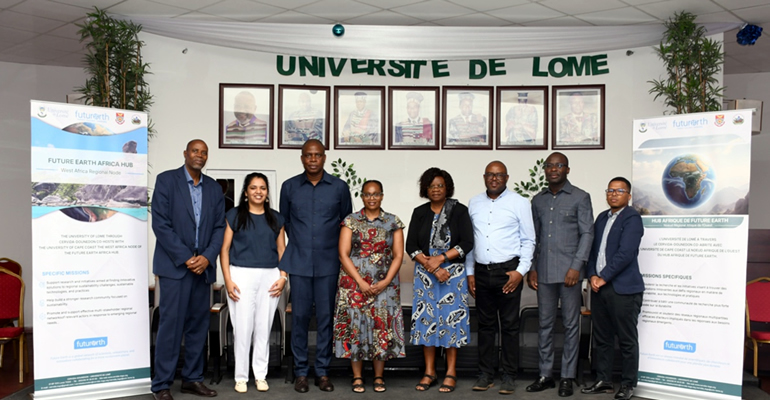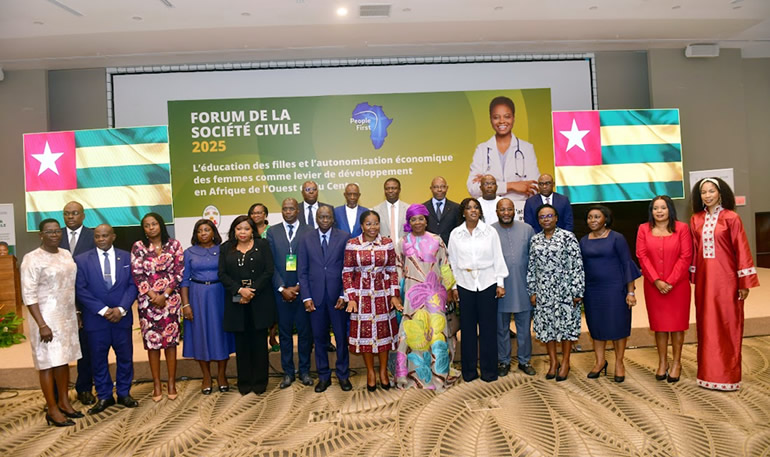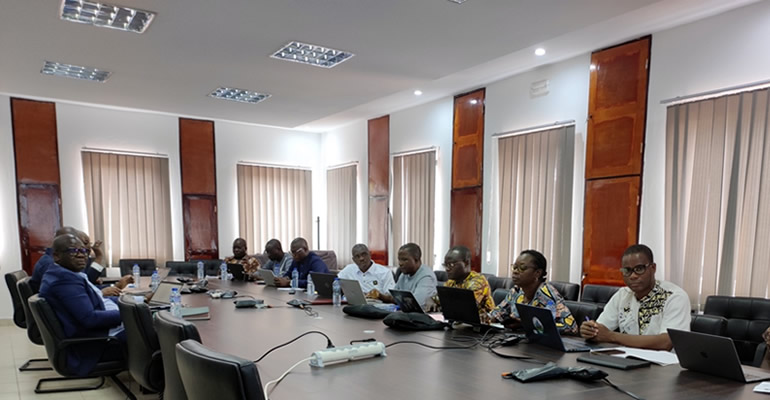CULTURE ÉCO-NUTRITIONNELLE ET DURABILITÉ DES SYSTÈMES ALIMENTAIRES URBAINS OUEST-AFRICAINS : LES FILIÈRES MARAÎCHÈRES DE LOMÉ (TOGO) ET D’ACCRA (GHANA)
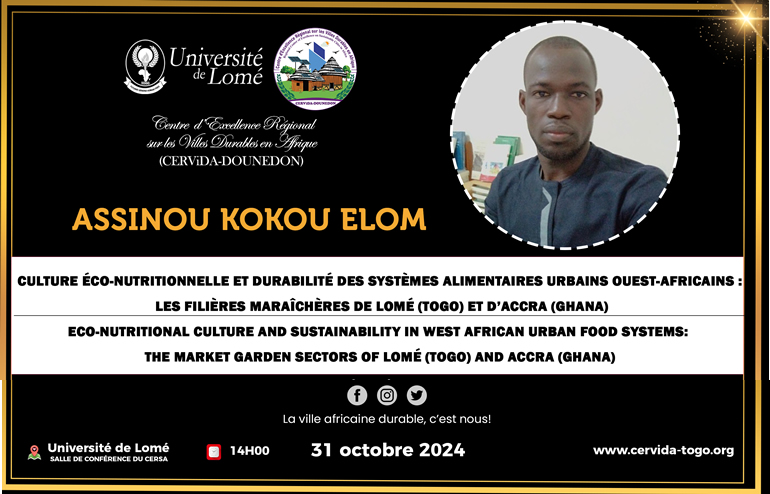
RÉSUMÉ
À l’image de plusieurs pays de l’Afrique occidentale, la place réservée aux systèmes agroalimentaires dans les processus de planification et d’aménagement urbains est reléguée en arrière-plan. Dans les filières maraîchères de l’Assemblée Métropolitaine d’Accra (AMA) et du District Autonome du Grand Lomé (DAGL), cette réalité est la même en ce qui concerne les niveaux des bonnes connaissances, attitudes et pratiques (CAP) écologiques, sanitaires, nutritionnelles et socioéconomiques des producteurs, des commerçants, des transformateurs et des consommateurs de légumes. Cette recherche vise donc à évaluer le niveau de durabilité des filières maraîchères des capitales du Ghana et du Togo à l’aune des taux de bonnes CAP éco-sanitaires, socioéconomiques et nutritionnelles des acteurs précités. En se référant aux standards du « Codex Alimentarius » (CXC 1-1969 puis CXC 53-2003), à la norme 13 du « Global Reporting Initiative » (GRI), au « Food Frequency Questionnaire » (FFQ) et aux Objectifs de Développement Durable (ODD), une démarche multicritère quantitative a été adoptée. À partir de quatre questionnaires semi-directifs puis d’un échantillonnage par choix raisonné et par comparaison, 697 personnes ont été interrogées : 353 dans l’AMA (50 producteurs, 63 commerçants, 43 transformateurs et 197 consommateurs) et 344 dans le DAGL (44 producteurs, 56 commerçants, 47 transformateurs et 197 consommateurs). Dans les filières maraîchères d’Accra et du Grand Lomé, le taux de durabilité moyen global lié aux bonnes CAP des acteurs est de 29, 66%, soit 25, 24% à la production, 25, 86% à la distribution, 30, 14% à la transformation et 37, 43% à la consommation. Pour les deux villes, les niveaux de viabilité de la filière par rapport aux taux de CAP susmentionnés se présentent comme suit : santé (33,71% à Lomé et 20, 15% à Accra), socio économie (31, 75% dans le DAGL contre 33, 84% dans l’AMA); écologie (26, 13% dans la capitale du Togo contre 28,24% dans celle du Ghana), nutrition (29, 22% à Lomé en opposition à 45, 64% à Accra). D’où la nécessité du projet « Territorialisation et Éducation Inclusive, Intégrée et Permanente pour des Systèmes Alimentaires Urbains Durables » (TEIIP-SAUD) ;
Mots clés : Systèmes agroalimentaires urbains, Filière maraîchère, Chaîne de valeur, Légumes, Développement durable
ECO-NUTRITIONAL CULTURE AND SUSTAINABILITY IN WEST AFRICAN URBAN FOOD SYSTEMS: THE MARKET GARDEN SECTORS OF LOMÉ (TOGO) AND ACCRA (GHANA)
ABSTRACT
As in many West African countries, the role of agrifood systems in urban planning and development processes is relegated to the background. In the vegetable sectors of the Accra Metropolitan Assembly (AMA) and the Greater Lomé Autonomous District (DAGL), this reality is the same with regard to the levels of good ecological, health, nutritional and socio-economic knowledge, attitudes and practices (KAP) of vegetable producers, traders, processors and consumers. The aim of this research is therefore to assess the level of sustainability of the vegetable value chains in the capital cities of Ghana and Togo in terms of the levels of good ecological, health, socio-economic and nutritional KAP of the aforementioned players. Referring to Codex Alimentarius standards (CXC 1-1969 then CXC 53-2003), Global Reporting Initiative (GRI) standard 13, the Food Frequency Questionnaire (FFQ) and the Sustainable Development Goals (SDGs), a quantitative multi-criteria approach was adopted. Based on four semi-structured questionnaires, followed by purposive and comparative sampling, 697 people were interviewed: 353 in the AMA (50 producers, 63 traders, 43 processors and 197 consumers) and 344 in the DAGL (44 producers, 56 traders, 47 processors and 197 consumers). In the Accra and Greater Lomé market garden chains, the overall average sustainability rate linked to the good KAP of the players is 29.66%, i.e. 25.24% for production, 25.86% for distribution, 30.14% for processing and 37.43% for consumption. For both cities, the sector's viability levels in relation to the above-mentioned KAP rates are as follows: health (33.71% in Lomé and 20.15% in Accra), socio-economics (31.75% in DAGL versus 33.84% in AMA); ecology (26.13% in Togo's capital versus 28.24% in Ghana's), nutrition (29.22% in Lomé versus 45.64% in Accra). Hence the need for the “Territorialisation et Éducation Inclusive, Intégrée et Permanente pour des Systèmes Alimentaires Urbains Durables” (TEIIP-SAUD) project.
Keywords: Urban agrifood systems, Market garden sector, Value chain, Vegetables, Sustainable development



 30 Octobre 2024
30 Octobre 2024





